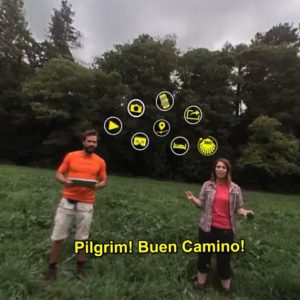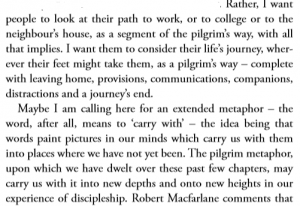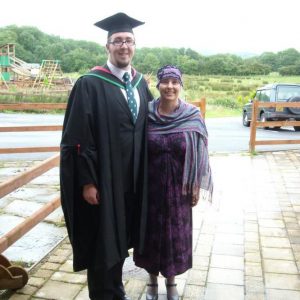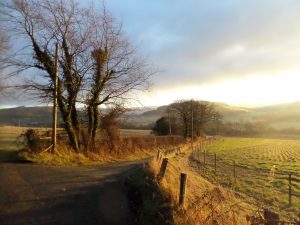To be thankful
On the 69th birthday of the NHS, here are sixty-nine reasons to be thankful:
1. For every hand held
2. For every restless researcher, in pursuit of an elusive cure
3. For every patient receptionist, calming the anxious arrival
4. For every porter, expert in negotiating emotions as well as corners
5. For every play therapist, busying imaginations whilst bodies rest
6. For every phlebotomist, extracting the stuff of life in order to give it back
7. For every cleaner, fighting a battle with the invisible enemy
8. For every medical student, eager to join the fray
9. For every GP, meeting whatever comes through the door with professionalism
10. For every nurse, working out the meaning of care by delivering it
11. For every anaesthetist, measuring life by breaths.
12. For every surgeon, wounding to heal
13. For every tea poured
14. For every chaplain, speaking volumes, sometimes with words
15. For every physiotherapist, moved by movement
16. For every pharmacist who regards precision as the best medicine
17. For every radiographer, looking hard at what cannot be seen
18. For every occupational therapist, paying extraordinary attention to the ordinary
19. For every paediatrician, with big patience for little patients
20. For every hand washed
21. For every paramedic, always quick, never rushed
22. For every midwife, treating each birth as if it were the only one
23. For every theatre technician, using tools and loving people
24. For every audiologist, savouring the sound of sound
25. For every breath monitored
26. For every oncologist, fighting a battle cell by cell
27. For every medical school lecturer, honing tomorrow’s talent
28. For every manager, balancing competing needs whilst life hangs in the balance
29. For every volunteer greeter, lowering the threshold for those who fear to step over it
30. For every immunologist helping each me to fight back
31. For every nurse practitioner – caring, advocating and communicating
32. For every endocrinologist, whose moans are hormones
33. For every psychologist, whose landscape is the mind
34. For every prosthetist, whose best limbs are not their own
35. For every brow furrowed
36. For every caretaker who takes care that others might deliver it
37. For every secretary who controls a diary to set its owner free
38. For every cardiologist, never missing a beat
39. For every volunteer driver, getting people to places
40. For every chiropodist, healing the heels
41. For every caterer, feeding those too tired to taste
42. For every geriatrician who believes getting old should be getting better
43. For every Community psychiatric nurse whose patch is people
44. For every bed manager who rarely sees their own
45. For every ward clerk who keeps track because they keep up
46. For every ward housekeeper who keeps house like it was home
47. For every opthalmologist who sees what seeing is
48. For every practice nurse jabbing flu in the arm
49. For every speech therapist, who wants all to have a voice.
50. For every dentist, by gum
51. For very heartbeat counted
52. For every dietitian , fed by a desire to help
53. For every staff nurse, professionally compassionate
54. For every ward sister, compassionately professional
55. For every dermatologist, whose care is more than skin deep
56. For every gastroenterologist, sick to the stomach at preventable illness
57. For every medical librarian, who wields information like a scalpel
58. For every first cry
59. For every Orthopaedist, bone tired but mending bones
60. For every neurologist, who minds
61. For every tear shed
62. For every counsellor whose door is open
63. For every pathologist, for whom the worst disease is inaction
64. For every obstetrician for whom every birth is a triumph
65. For every estates manager for whom the building is a medical instrument
66. For every unpaid minute worked
67. For every music therapist, for whom the sweetest notes are not on a patient’s file
68. For every last breath
69. For every day


















